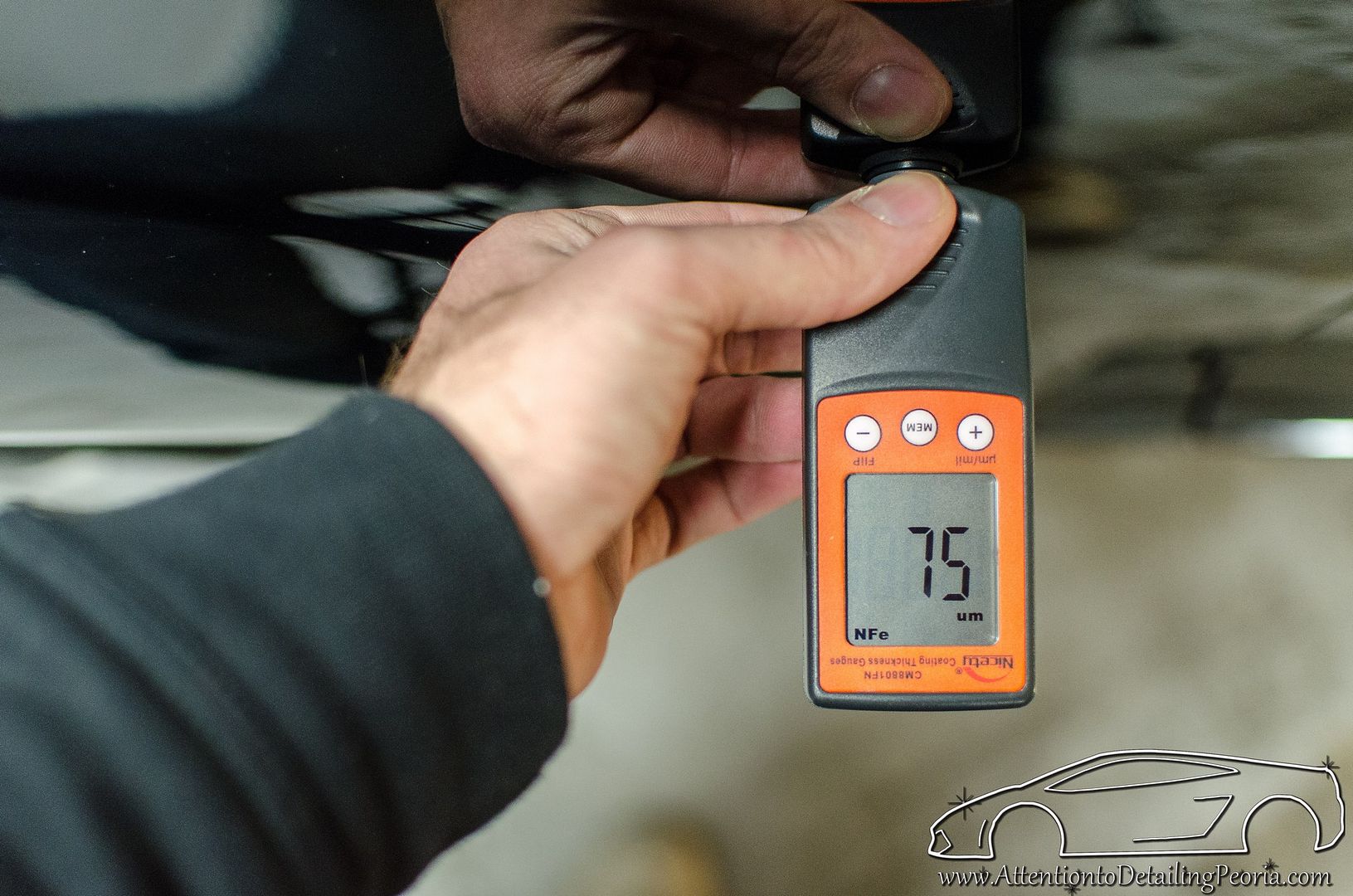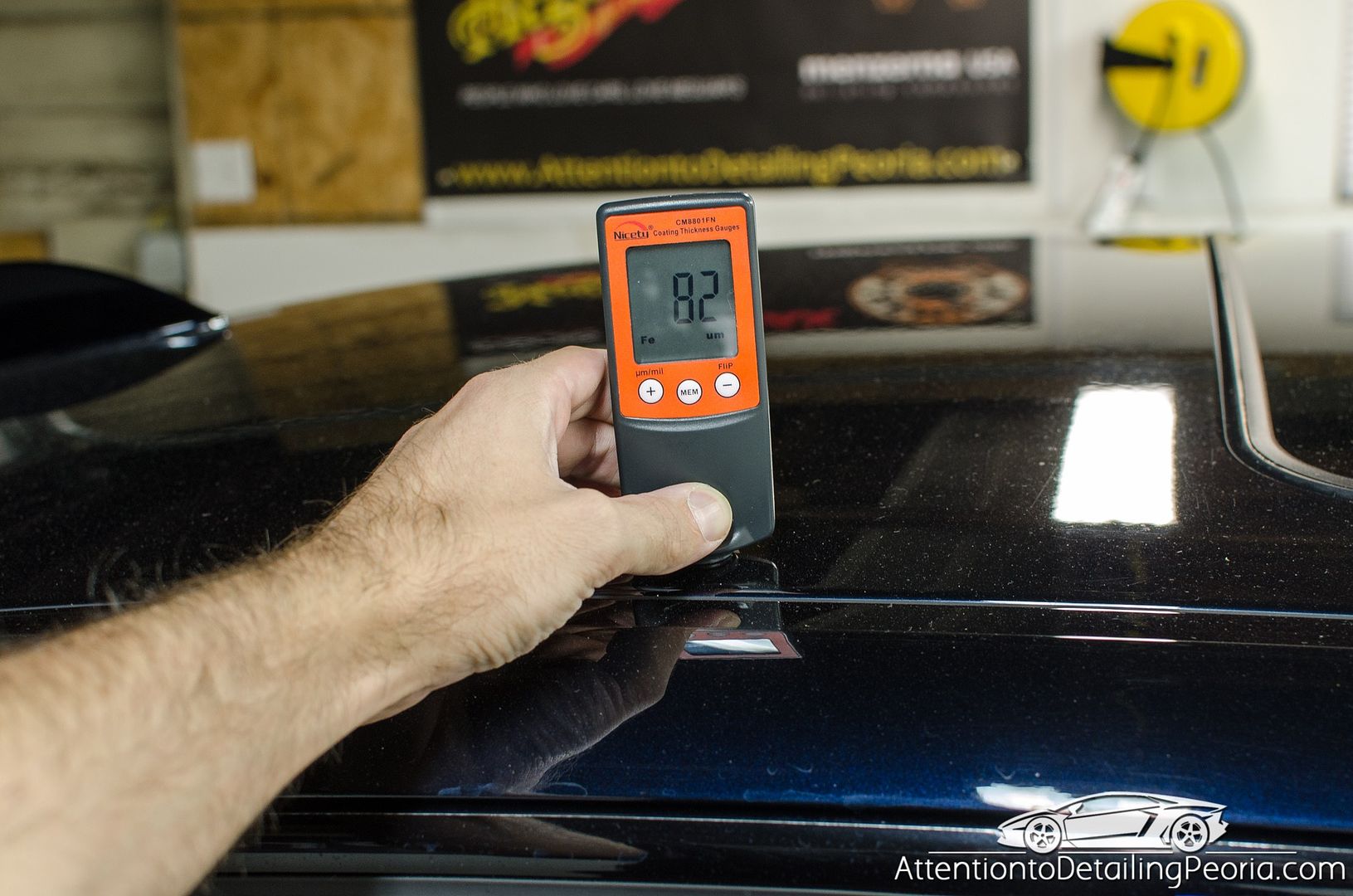zmcgovern45
New member
- Sep 5, 2012
- 3,443
- 0
And pay for it? Every 6 months $800- $1500 to have it reapplied? That's the going rate for them around here. I think the dealership coatings are garbage and a waste of money. They probably have some high school kids applying them. It's all about commission and making money on the customer.
The last customer I had with the deposits had a brand new white Jeep Grand Cherokee Limited. He paid $1200 and was guaranteed no maintenance by him or dealership for 5 years. When he went in and showed then the orange spots they quickly said they don't cover that..... It's a sham to get your money.
No, in order to maintain the warranty, many of those programs require routine maintenance services that are usually included in the warranty program as far as I know... however most owners will not follow up with these, and therefore the warranty no longer applies.
As far as application, you're correct. I have talked to a few people who used to apply the Simoniz treatment to new cars at a couple local dealerships and the prep work was non-existent. I was even told that sometimes they would wax the car before applying Simoniz to make it shinier... yes, you read that right.
The reality is that it is easy to sell something to someone for "just $2 more on your monthly payment" and they will never think about it again. Most people will never follow up on warranty claims because they don't even know what the protection is supposed to do in the first place. Just taking advantage of uneducated car owners.... the 1% of car owners who want real products, real service, and real answers will seek out a true detailer for new car prep and protection.



